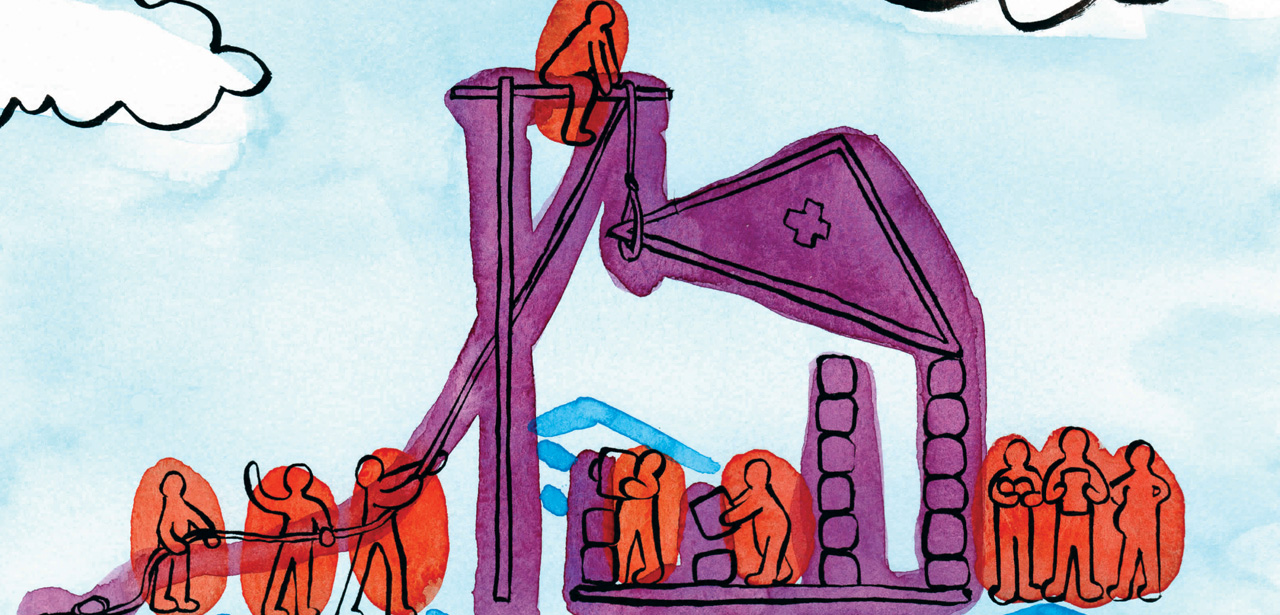In France, 95% of people are supplied with chlorinated tap water. Due to the presence of natural organic matter that reacts with chlorine, the concentrations of chlorination by-products (CBPs) are much higher in chlorinated water produced from surface water than from groundwater. Surface water supplies 33% of the French population. Until the 1980s, almost all surface water utilities pre-chlorinated water at the intake. Pre-chlorination was then gradually banned from 1980 to 2000. Trihalomethanes (THMs) are the only regulated CBP in France. Since 2003, THMs have been monitored at the outlet of all utilities. This study assessed current (2005⁻2011) and past (1960⁻2000) exposure of the French population to THMs. We developed an original method to model THM concentrations between 1960 and 2000 according to current concentrations of THMs, concentration of total organic carbon in raw and finished water, and the evolution of water treatments from 1960 onward. Current and past mean exposure of the French population to THMs was estimated at 11.7 µg·L-1 and 17.3 µg·L-1, respectively. In the past, approximately 10% of the French population was exposed to concentrations >50 µg·L-1 vs. 1% currently. Large variations in exposure were observed among France's 100 administrative districts, mainly depending on the water origin (i.e., surface vs. ground), ranging between 0.2 and 122.1 µg·L-1 versus between 1.8 and 38.6 µg·L-1 currently.
Auteur : Corso Magali, Galey Catherine, Seux René, Beaudeau Pascal
International Journal of Environmental Research and Public Health, 2018, vol. 15, n°. 8, p. 1-13


